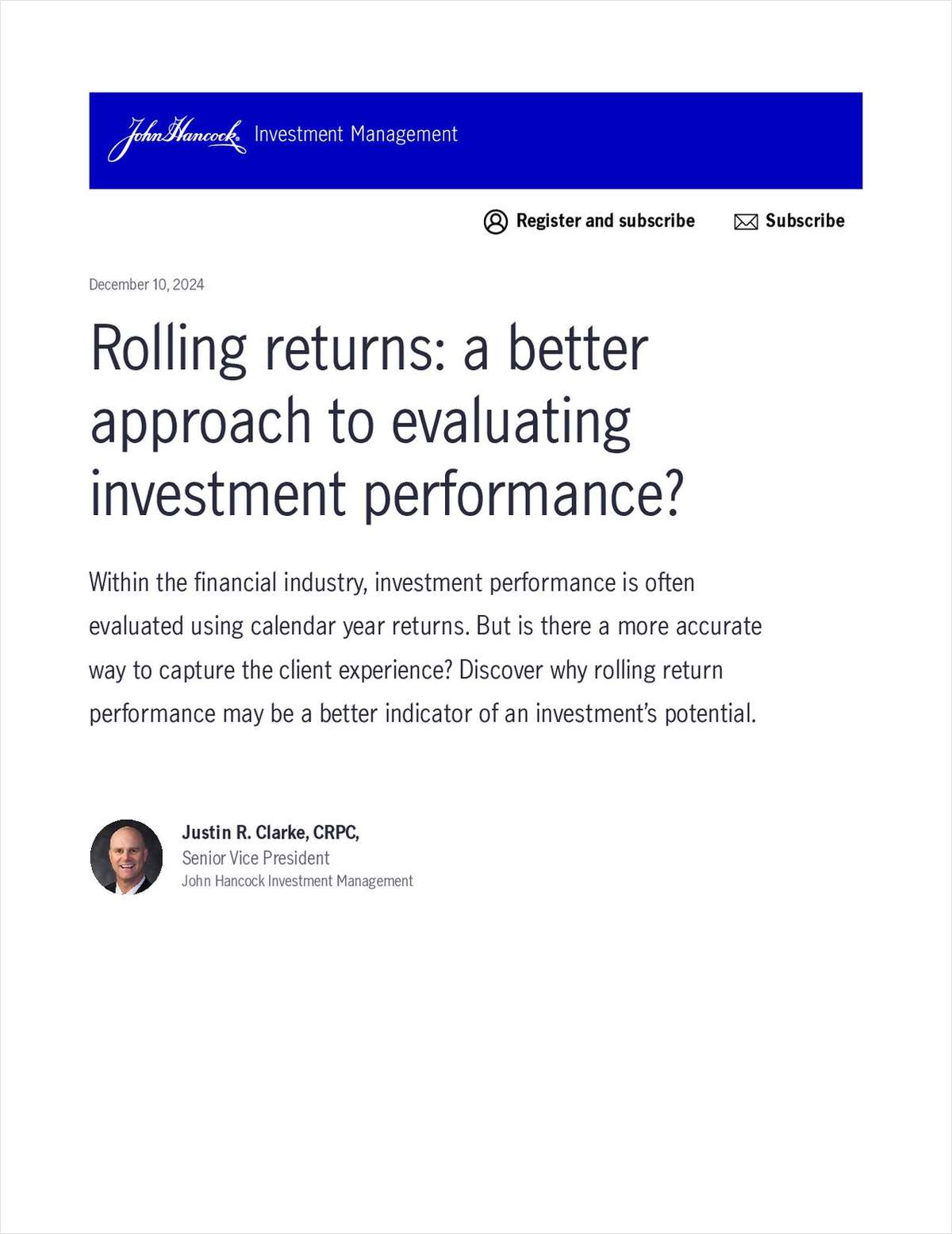Falcon

NOT FOR REPRINT
5 Wild Cards That Could Brighten Q2 Life and Annuity Issuer Earnings
By
Allison Bell
News July 17, 2018 at 01:15 PM
Share & Print
U.S. life and annuity issuers were pretty quiet during the second quarter. Some unveiled a few new life insurance policies or annuity contracts. Some added new web tools for agents, or hired a few high-level executives. AXA Equitable Holdings Inc. made its debut on the New York Stock Exchange. But, for the most part, life and annuity issuers seemed to be waiting for higher interest rates to make their bond holdings more profitable, and for consumers, and policymakers, to get more serious about planning for longevity, long-term care and mortality risk. The old torrent of major life and annuity issuer announcements slowed to a trickle. (Related: How 7 Annuity Issuers Are Really Doing Now) Now, the publicly traded issuers are about to show they were doing, when they post their earnings for the second quarter. Ameriprise Financial Inc. is likely to be the first carrier out the chute. It's set to release its second-quarter earnings July 24. Ryan Krueger and other analysts at Keefe, Bruyette & Woods note in a recent earnings season preview that, as of July 15, the stocks of the life and annuity issuers they track were down 13%, year-to-date, even as the S&P 500 increased 5%. "In our view, life insurers are broadly cheap and feel undervalued, and washed-out, but we struggle to see a specific re-rating catalyst," the analysts write. But life and annuity issuers often do better than the analysts expect. They manage to increase revenue and earnings in spite of getting dealt a bad hand of cards. For a look at five wild cards that could help the issuers surprise investors this time around, see the idea card slideshow above. One thing that's not evident here is how policyholder-owned mutual insurers and other privately held insurers did in the second quarter. Only a few of the hundreds of U.S. life and annuity issuers are publicly traded. Some insurers that are not publicly traded post their statutory financial statements on their websites. Many simply file their quarterly and annual statements with state insurance regulators, through a system that is expensive for members of the general public to use. One sign that the non-public life and annuity issuers may be facing some of the same pressure that the publicly traded companies face is that the non-public companies also appear to be releasing fewer announcements about new products and other events than they were a few years ago. — Read 5 Top Q1 Annuity Earnings Wild Cards, on ThinkAdvisor. — Connect with ThinkAdvisor Life/Health on Facebook and Twitter.
NOT FOR REPRINT
© 2025 ALM Global, LLC, All Rights Reserved. Request academic re-use from www.copyright.com. All other uses, submit a request to [email protected]. For more information visit Asset & Logo Licensing.
Featured Resources
View All
Sponsored by John Hancock Investment Management
Exploring Private Credit's Journey to a Trillion-Dollar Asset Class

Sponsored by John Hancock Investment Management
Can Rolling Returns Offer a Better View of Investment Success?







